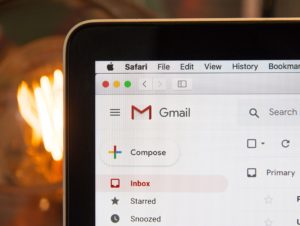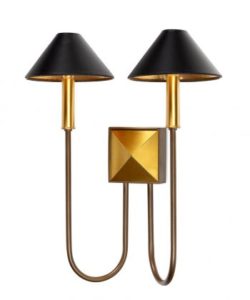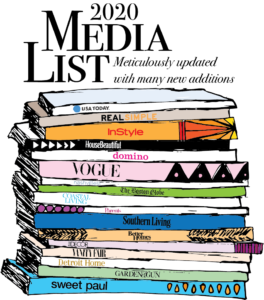Because when you are trying to do your own PR it’s easier when you have some rules to follow.
Editors and writers are constantly on the hunt for new people and products to cover and we don’t care who the messenger is as long as they go about it like a pro (hence the book!) New content is what fuels magazines each month. You don’t have to have a publicist to begin a dialogue with an editor but you do need to know how to approach and work with bloggers and writers to get the best possibly consideration. DIY publicity works, but only if you play by these oft-unspoken rules. When you do, it makes all the difference in scoring easy press.
1. Be easy to work with 
Those who get press over and over again are easy to work with and respond quickly. Plenty of products with passionate people behind them fail to reach their press potential because they are slow to respond to editorial requests.
When editors or bloggers reach out, drop what you’re doing and return the call or answer the email. Editors operate on very tight deadlines. If they can’t find you, they move on to the company they know will come through for them every time.
2. Share the angle of your story that’s the best fit for the publication
You can pitch a single story from a million different angles, finding the angle that is the best fit for the person, and the publication you are pitching to will make your pitch go that much further.
Editors only have time for the sliver of your story that matters most to their magazine. They are not interested in your entire story or inspiration behind the company because they simply don’t have the time. Read a couple of issues of the publication before you pitch to determine what angle might best work and if they even run products or services or profiles like the one you want to pitch. Every page is a formula that works for that magazine. What is on the page in this month’s issue is your key or guide to what they will be running six months from now.
3. Don’t be discouraged by a “no, thank you”
A “no, thank you” for now does not mean “no” forever. Don’t get discouraged if an editor can’t find a place for your product or idea the first go around. When you come back to that same editor with a good idea a second and third time, it’s signaling that you mean business and are doing the work it takes to get their attention. If it is a good match for the magazine, eventually an editor will reward your persistence and find a place for your idea.
If you are not hearing back at all from an editor, give them two weeks to follow back around, if that time has passed, you can move on to offer an exclusive to another publication, or send a follow-up e-mail. There is a difference between being persistent and respectful, and bombarding an editor with an idea.
4. Embed a great product shot into the body of the email
Although your pitch should be kept fairly short (a short lead, introduction, and your pitch idea) a picture is worth a thousand words. Your product shot should be of high-quality, but low resolution in order to not clog up an editor’s inbox.
Gone are the days when you needed expensive press kits and marketing material to approach an editor. All we need is a personalized email (one to two paragraphs is usually sufficient) and an amazing picture to know if your product might work for us. If an editor is interested, they go directly to your website (so make sure it is ready for that kind of attention before you pitch.)
Check out this product shot (left) from the Amy Morris for Avrett Facet Collection, it’s clean, simple and all about the product: perfect for a pitch.
5. Use social media to your advantage
Following editors and the publications you pitch is a simple way to learn more about them (and more about what they like to write about).
While editors want to be pitched by email (direct messages are a no go) mild engagement on their posts keeps your name top of mind.
